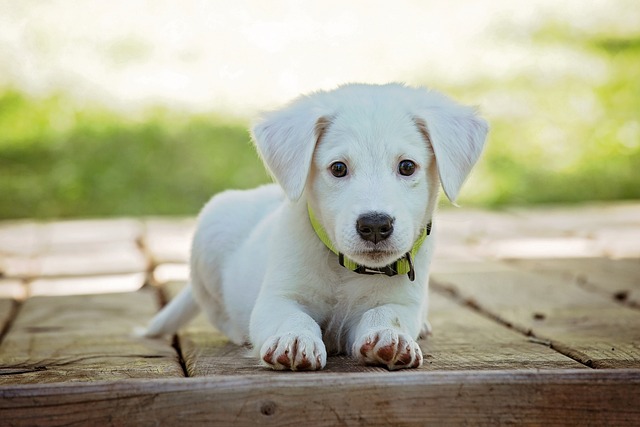
How can I tell if my dog's heatstroke is serious
Let’s be real: It’s a sticky August morning in Los Angeles, and you took your 2-year-old Golden Retriever, Max, for a walk a little later than usual
Should puppy food be soaked in cold or hot water? If you’re a new puppy parent, this question has probably popped up while standing over a bowl, kibble in one hand, faucet running in the other. It’s a common dilemma—after all, you want every meal to be safe, nutritious, and easy for your little one to eat. Let’s break it down simply.
First, let’s talk science. Puppies have tiny, developing digestive systems, and their food needs to be gentle on those sensitive tummies. Hot water (anything above 110°F) can actually damage some of the nutrients in kibble—think vitamins and proteins that help with growth. Cold water, on the other hand, might not soften the food enough, leaving hard bits that are tough for your puppy to chew and digest. No one wants a gassy, uncomfortable pup later, right?
That’s where lukewarm water comes in. Aim for around 98-100°F—close to your puppy’s body temperature. It’s warm enough to soften the kibble without zapping its goodness, making each bite easy to swallow and digest. Plus, most puppies seem to prefer this temperature; watch how they lap it up compared to a cold bowl on a chilly morning.
 Let’s get practical. Start by measuring the recommended amount of kibble—check the bag for guidelines based on your puppy’s age and breed. Pour in just enough lukewarm water to cover the food, then let it sit for 10-15 minutes. Smaller kibble might soften faster, while larger pieces need a bit more time. You’re looking for a texture that’s soft but not mushy—too soupy can make your puppy choke, especially flat-faced breeds like pugs or bulldogs.
Let’s get practical. Start by measuring the recommended amount of kibble—check the bag for guidelines based on your puppy’s age and breed. Pour in just enough lukewarm water to cover the food, then let it sit for 10-15 minutes. Smaller kibble might soften faster, while larger pieces need a bit more time. You’re looking for a texture that’s soft but not mushy—too soupy can make your puppy choke, especially flat-faced breeds like pugs or bulldogs.
Feeding time isn’t just about nutrition—it’s a chance to bond, which ties into positive training. Never use food as a punishment; instead, praise your puppy when they eat calmly, reinforcing good behavior. This builds trust, making vet visits and grooming easier down the line. And if you live in an apartment, remember to clean the bowl right after—no one wants leftover soaked food attracting bugs or leaving odors for neighbors.
Responsible puppy care goes beyond mealtime, of course. Make sure your pup is up-to-date on vaccines (required by law in most places) and always carry bags to clean up after them during walks. But when it comes to their food, the goal is simple: keep it safe, tasty, and easy to digest.
Every puppy is different, so pay attention to their cues. If they turn up their nose at soaked food, try adjusting the temperature slightly or reducing the soaking time. With a little trial and error, you’ll find what works best. After all, raising a puppy is a learning journey—and figuring out their perfect meal is just one happy step along the way.

Let’s be real: It’s a sticky August morning in Los Angeles, and you took your 2-year-old Golden Retriever, Max, for a walk a little later than usual

You're enjoying a summer afternoon at the park when you notice your dog has stopped panting and appears disoriented - their gums are bright red

Let’s paint the picture: You’re in your Denver apartment, watching your 4-year-old Boston Terrier, Ruby, plop down mid-play session with her favorite toy

Many dog owners notice their pets nails seem shorter after regular walks,but how much does this daily activity actually help?The answer depends on where you walk—concrete sidewalks or asphalt streets gently file nails as a dog's paws hit the ground

Most dog owners notice their pup scooting across the carpet at some point, but few connect it to impacted anal glands. These small sacs near a dog’s rectum secrete a scent for marking territory

Most vets agree that regular dog teeth cleaning is key to avoiding painful dental issues later. For healthy adult dogs, a professional cleaning at the vet’s office every 12 to 18 months usually works well.